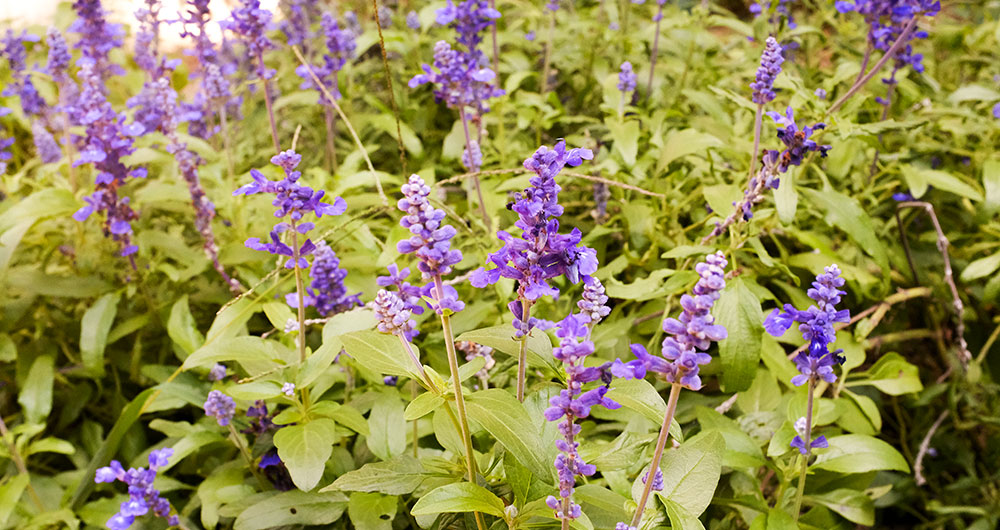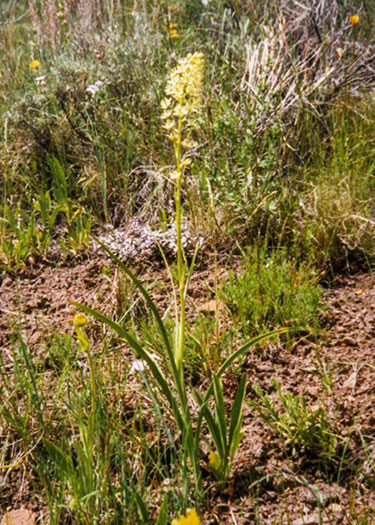
Beware of Poisonous Plants on Summer Pastures
Be aware of toxic plants in your area and on your summer rangelands.
by Heather Smith Thomas
Many western ranchers take cattle to spring and summer pastures on Bureau of Land Management (BLM) or Forest Service rangelands. There are always some different plants on these desert or mountain pastures than on the lower-elevation winter pastures, and some of these can be toxic to cattle.
Keith Elkington, his brother Brent and his son Layne raise cattle on their ranch near Idaho Falls, Idaho. They haul their cows and calves to summer pasture many miles from the calving pastures, in rugged range country.
“We haven’t had much problem with larkspur or deathcamas, even though there are some of those plants in our summer pastures,” says Elkington, adding he feels fortunate those toxic plants are sparse on his range allotments. He knows other ranchers haven’t been so lucky.
“Some of the aspen groves in the upper country have a lot of larkspur, and if the cattle are hungry, they will eat whatever is green and really munch it down. We had a neighbor who lost 14 cows in just a few minutes,” he notes.
 |
Deathcamas is one of the first plants to grow in the spring, so make sure cattle aren't as hungry when let out on pasture. [Photo by Heather Smith Thomas.] |
“They say you can tell when cattle have had too much larkspur because they start staggering, and pretty soon they go down and bloat,” he explains. “We have not had that problem on our side because it’s too dry for the larkspur to do well. The plant we do have trouble with is lupine. If the cow eats lupine in early pregnancy you can have crooked calves.”
They’ve started to spray some of it, but it has waxy leaves and is hard to kill. Some of it is in patches, which makes it easier to spray, but often these plants are scattered all over the range. In places where pastures have been disked up to kill sagebrush, the lupine comes in more abundantly.
One of Elkington’s neighbors was trying to rejuvenate his Conservation Reserve Program (CRP) ground and disked it a couple times. It all grew back as lupine. He added he had never seen so much lupine in his life.
To keep hungry cattle from eating undesirable plants, know what kinds of weeds are in the area where you are taking the cattle, where you unload them after hauling, or next to the corral where you mother them up after a haul.
“We like to take a few bales of hay up there to let the cows eat after their haul, so they are not so hungry. If you put the hay right outside the gate, when you turn them out of the corral they tend to eat that first. Cows will usually eat some dry hay, especially if they’re hungry, because it’s something they can eat quickly and start to fill up on. It’s good to have some feed in their belly before they hit the pasture and the possibility of poison plants,” says Elkington.
Editor’s note: Heather Smith Thomas is a cattlewoman and freelance writer from Salmon, Idaho.























